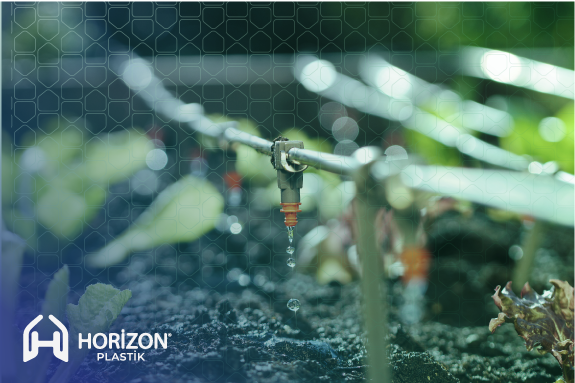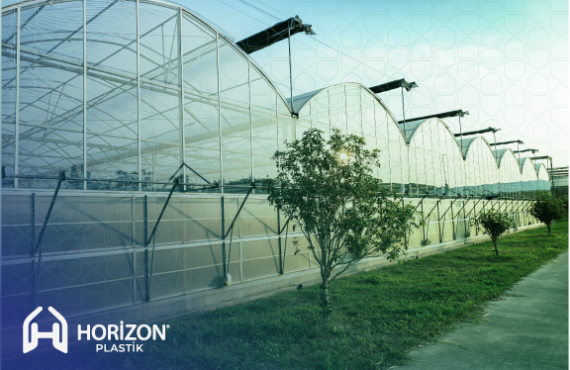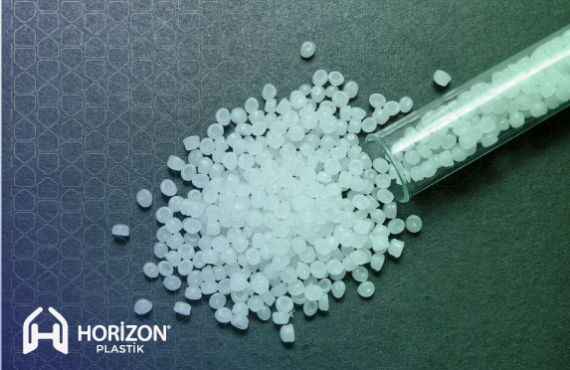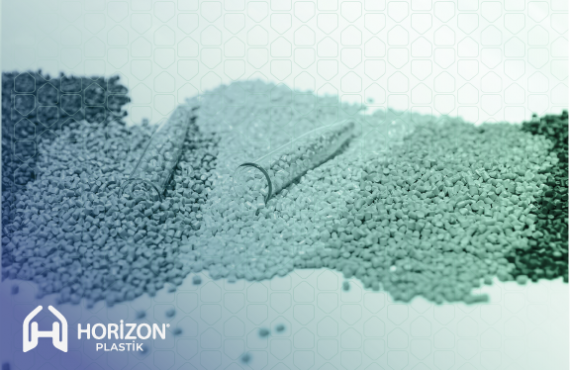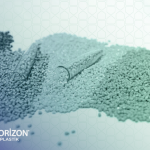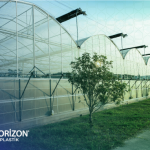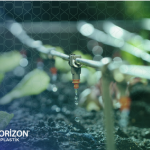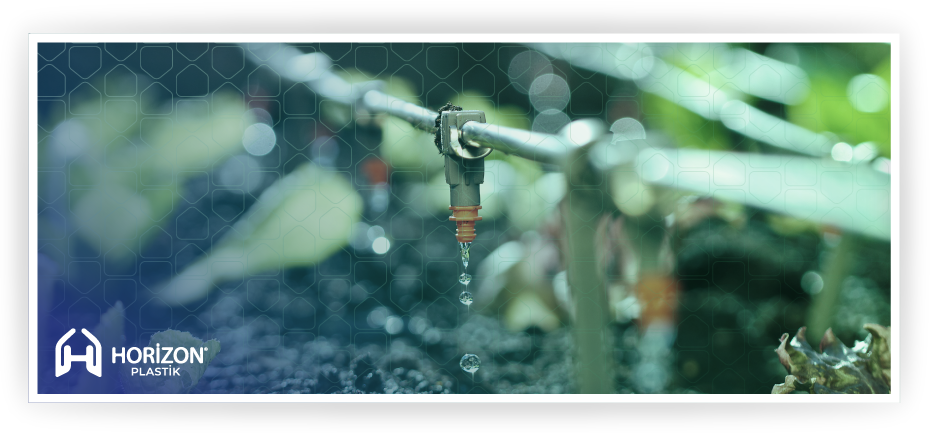
Drip irrigations
Drip irrigation is an efficient way to irrigate greenhouse crops the placement of our dripper tubes makes it easy for our growers to deliver precise volumes of nutrient water directly to the root systems of our plants. This allows for water and nutrients to be evenly distributed across our entire crop.
How drip irrigations work:
Drip irrigation is a technique in which water flows through a filter into special drip pipes, with emitters located at different spacing. Water is distributed through the emitters directly into the soil near the roots through a special slow-release device. If the drip irrigation system is properly designed, installed, and managed, drip irrigation may help achieve water conservation by reducing evaporation and deep drainage. Compared to other types of irrigation systems such as flood or overhead sprinklers, water can be more precisely applied to the plant roots. In addition, drip can eliminate many diseases that are spread through irrigation water. Drip irrigation is adaptable to any farmable slope and is suitable for most soils. In contrary to commercial drip irrigation, simple self-made systems are cheap and effective.
Advantages :
- High water application efficiency and lower labor costs
- Minimized fertilizer/nutrient loss due to localized application and reduced leaching
- Ability to irrigate irregular shaped fields. Levelling off the field not necessary
- Allows safe use of recycled (waste-) water
- Moisture within the root zone can be maintained at field capacity and minimized soil erosion
- Soil type plays less important role in frequency of irrigation
- Highly uniform distribution of water i.e., controlled by output of each nozzle
- Usually operated at lower pressure than other types of pressurized irrigation, reducing energy costs

